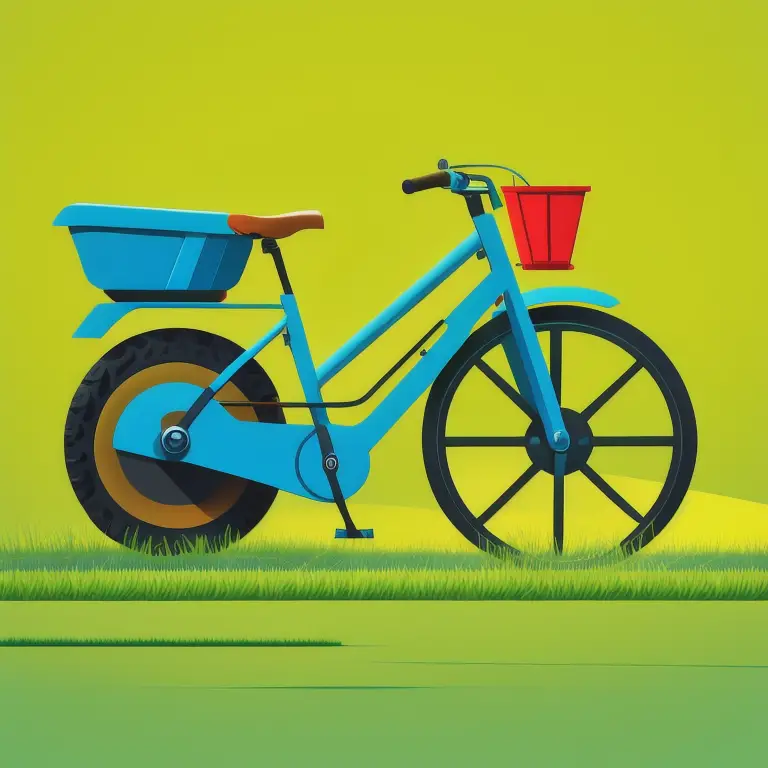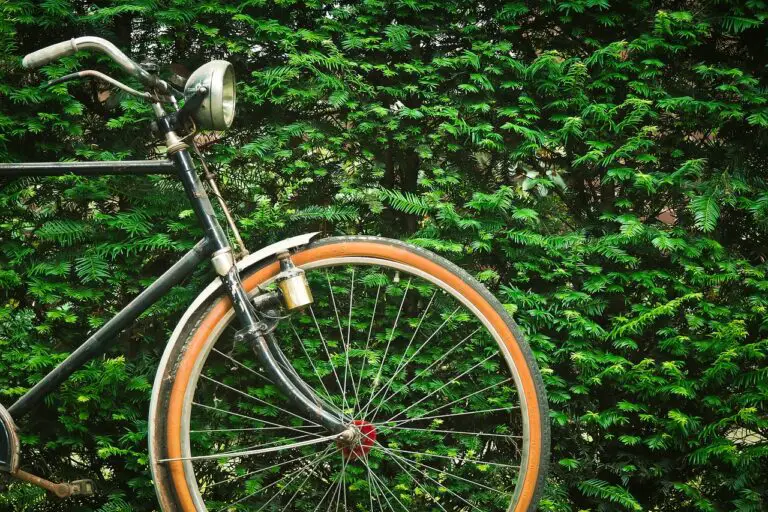How To Put A Lawnmower Engine On A Bicycle?
Exotic and original lawnmowers are a fascinating and unique addition to the world of outdoor maintenance. While bicycles and motorbikes may be my usual topics of discussion, these unconventional machines deserve a moment in the spotlight. From vintage-inspired designs to futuristic models, these lawnmowers are far from ordinary. Picture a lawnmower shaped like a classic Vespa scooter, effortlessly gliding across the grass with style and precision. Or imagine a lawnmower that resembles a miniature Formula 1 car, complete with sleek lines and a powerful engine. These extraordinary creations not only make the task of mowing the lawn more enjoyable but also serve as eye-catching conversation starters. Whether you’re a fan of bicycles, motorbikes, or simply appreciate innovative designs, exotic and original lawnmowers are sure to capture your attention and add a touch of excitement to your outdoor chores.

Bicycle-turned-lawnmower: A Challenging DIY Project
Converting a bicycle into a lawnmower is a creative project that can be both challenging and rewarding. With some careful planning and a few key tools, you can successfully put a lawnmower engine on your bicycle. Here are three key steps to guide you through the process.
1. Choose the right bicycle: Start by selecting a bicycle that is sturdy and in good working condition. Opt for a bike with a strong frame, as it will need to handle the weight of the engine. Additionally, consider a bike with wider tires for better stability and traction. A mountain bike or a cruiser bike could be good options. Ensure that the bicycle’s chain and gears are in good shape as well.
2. Acquire a suitable lawnmower engine: Look for a small four-stroke engine from a lawnmower or a similar piece of equipment. It should generally be between 3 and 6 horsepower, as a larger engine may overpower the bicycle and affect its maneuverability. Make sure the engine is capable of being mounted onto the bicycle frame securely. It’s important to obtain an engine in working condition or be prepared to do some repair work yourself.
3. Customization and mounting: Remove unnecessary parts from the bicycle frame, such as the chain guard, fenders, and any excess accessories. Begin by mounting the engine over the rear wheel, ensuring it is securely fastened with brackets or welding. Check that the engine is balanced on the bike, maintaining the bicycle’s stability. Connect the engine’s drive shaft to the rear wheel using a chain or belt, adjusting tension to prevent slippage. Safety is crucial, so it’s essential to follow reliable guides or consult a professional if needed.
About me
I got my first bicycle when I was 3 years old. 10x years later I still love to cycle! In the meantime, I also developed an absolute obsession with motorbikes! I write about my hobbies and lifestyle on this blog.








